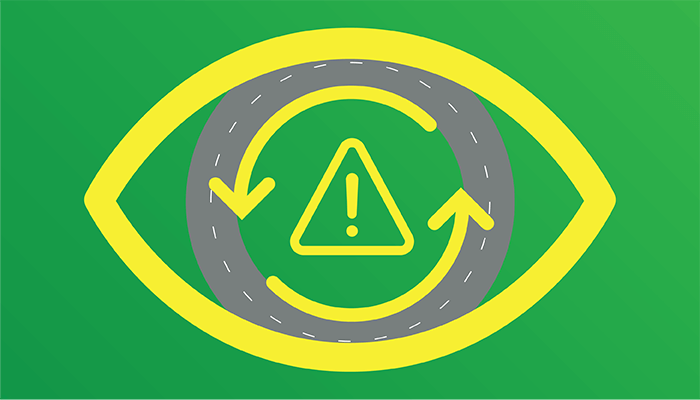
It should come as no surprise that poor vision can negatively affect driving performance. A recent systematic review undertaken by me and my team found that impairments in visual acuity, contrast sensitivity, and visual fields resulted in a significant increase of road traffic collisions and injuries (1). The United Nations has recognized these issues and has since developed two Sustainable Development Goals (Target 3.6 and 11.2) specifically to halve road deaths and improve the transport system for road users (2).
Despite the promising effort, it is clear that these goals cannot be achieved until we develop a better understanding of how deficits in vision – across all ages – impact driving performance. To investigate the link, we collated a total of 27 studies on four-wheeled drivers of all ages with visual impairment (VI) to document the associations between VI and driving performance, and to evidence the improvements in driving performance after vision-related interventions (1).
We found that both age-related macular degeneration (AMD) and glaucoma were consistently found to negatively impact driving performance. Drivers with severe AMD made more errors whilst driving compared with those without AMD, struggled to leave safe gaps between cars, and struggled to control their speed. Declines in visual acuity, contrast, glare sensitivity, and visual fields were all found to be linked with lower driving performance, which included making mistakes whilst changing lanes, checking blind spots, deciding on safe gaps and speeds, and vehicle maneuvering.
In support of the 74th World Health Assembly resolution (2021) to help increase global refractive coverage by 40 percent and cataract surgery by 30 percent by 2030, the above findings indicate the importance of procedures, such as toric refractive correction and cataract surgery, for improving driving ability – especially among older populations (3). The evidence provided in this review can help inform future policies and promote the practice of earlier detection and management of eye conditions to maintain safe driving.
References
- H Nguyen et al., “Associations between vision impairment and driving and the effectiveness of vision-related interventions: protocol for a systematic review and meta-analysis,” BMJ Open, 10 (2020). PMID: 33154062.
- Europe UNECf, “Road Safety for All” (2020). Available at: http://bit.ly/41dSYvf.
- IAPB, “World Health Assembly: New targets for a new decade on eye health” (2021). Available at: http://bit.ly/3IFBGjq.
